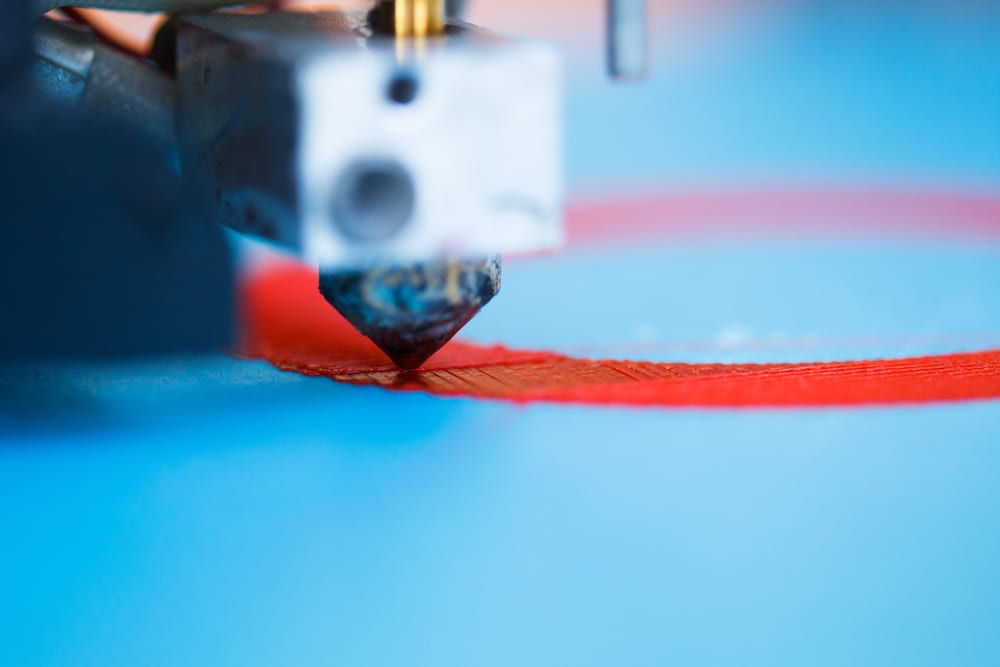Imagine a service van without shelves filled with parts. Instead, there’s an industrial 3D printer inside, allowing technicians to print the parts they need, on-demand. No excess inventory. No extra “truck rolls” to deliver missing parts. Just happy customers…and more profit for your organization.
Sounds like a dream come true — but is it a reality?
According to a recent study by Deloitte, nearly 220,000 3D printers will be sold worldwide in 2015, representing 100 percent unit growth from 2014. As this technology becomes more mainstream and affordable, will 3D printers revolutionize the field service industry?
Most likely, yes, but not in the printer-in-every-van kind of way, according to the study’s author Duncan Stewart, director of technology, media and telecommunications research for Deloitte Canada.
Stewart says that while in theory the technology is here, the idea of a mobile 3D printer operated out of the back of a van won’t become a practical reality for most field service applications for the next few decades — at least.
The Bad News: There Are Constraints For 3D Printing in the Field
One challenge with 3D printing in the field is that 3D printers are designed to be operated in a climate-controlled environment, on a perfectly level surface — not in the back of a van. Any dust that gets into the system, or slight temperature variance, will impede the printer’s performance.
“It’s ok if I’m using the machine in the lab,” Stewart says. “But we’re talking about putting this machine in the back of a van, where we have little control over the environment, where there could be a snowstorm or heat wave or thunderstorm.”
Then there’s the issue of speed and productivity that makes it impractical to print high volume parts in the field. For example, today’s top-of-the-line industrial 3D printers (that cost $10,000 and up) produce one small hex nut in about 15 minutes. Even if you could get that 100 times faster through technology improvements over the next few years, it would still take 9 seconds to produce each hex nut.
“Simply reaching into the van and grabbing a hex nut off the shelf is going to be faster than printing that part — not just this year and not just five years from now. It’s probably going to be faster 20 years from now,” Stewart predicts.
As you try to print larger parts and components, the wait-times get considerably longer, which could lead to frustrated customers — and, ultimately, fewer jobs completed per day.
The Good News: 3D Printing Offers Some Near-Term Practical Applications
There are some ways field service organizations can deploy 3D printing technology to make a significant impact on their operations much sooner, though.
“I can see it happening in the next three to five years, particularly with industrial manufacturers that may have 5,000 to 10,000 field service techs in North America,” Stewart says. “This will help field service organizations to respond faster to customers, without having to carry excess inventory.”
While 3D printing out-of-the-van may not be practical, at least for the foreseeable future, Stewart says that there is still a valuable role for this technology in field service — as an on-demand producer of parts that are hard-to-find or can take several days or weeks to arrive. Stewart envisions a scenario where there would be a 3D printer strategically positioned at a regional office or hub. This way, the machine is in a climate controlled environment and can produce those lower volume parts, 10 to 100 units at a time, faster and cheaper than what could otherwise be achieved through existing logistics.
The economics make more sense with this model, Stewart says, because you’re investing in one printer at each depot to serve hundreds or even thousands of technicians, versus spending tens of thousands of dollars to outfit one van at a time, with a printer that’s used sparingly.
So, how far out is this?
“I can see it happening in the next three to five years, particularly with industrial manufacturers that may have 5,000 to 10,000 field service techs in North America,” Stewart says. “This will help field service organizations to respond faster to customers, without having to carry excess inventory.”


Share this: